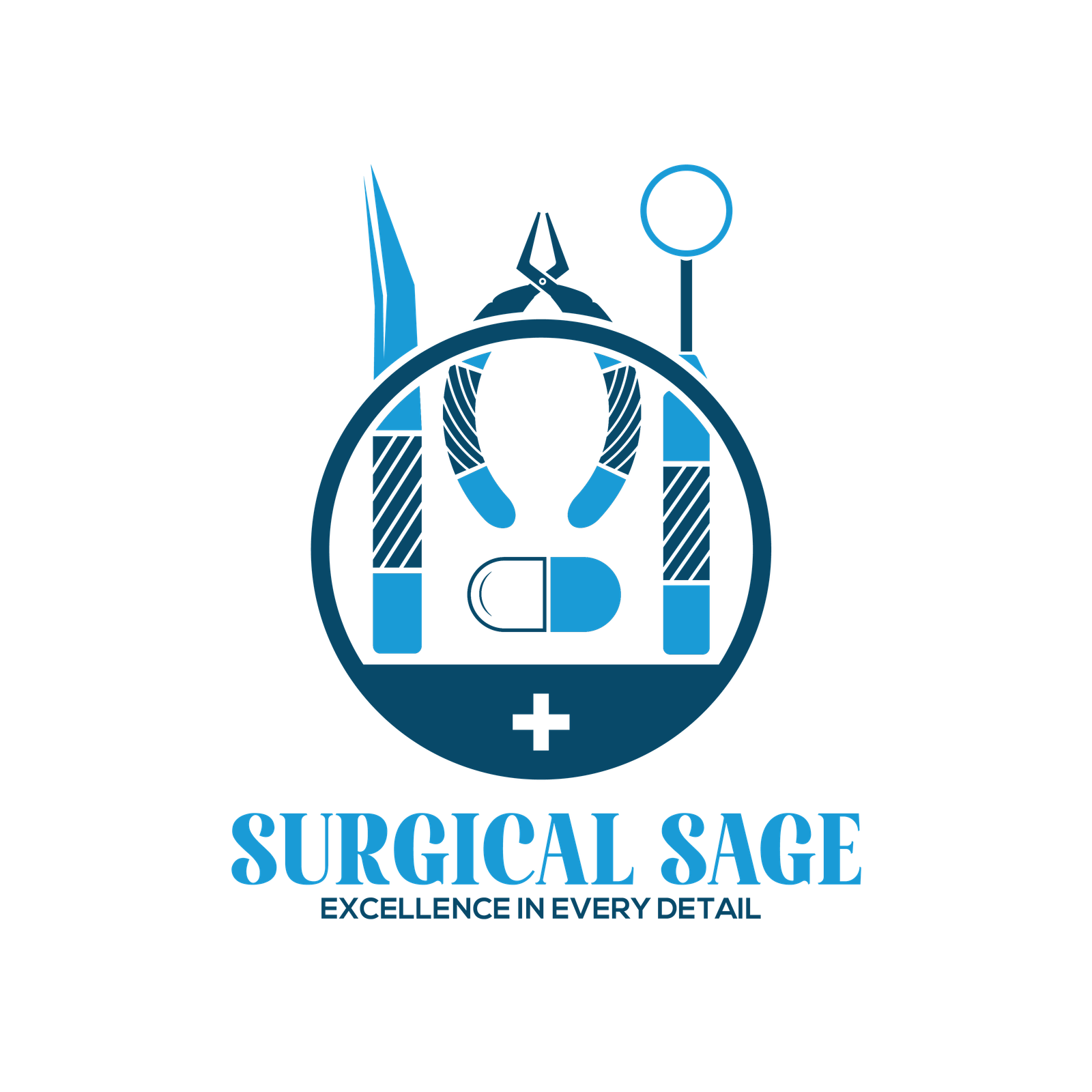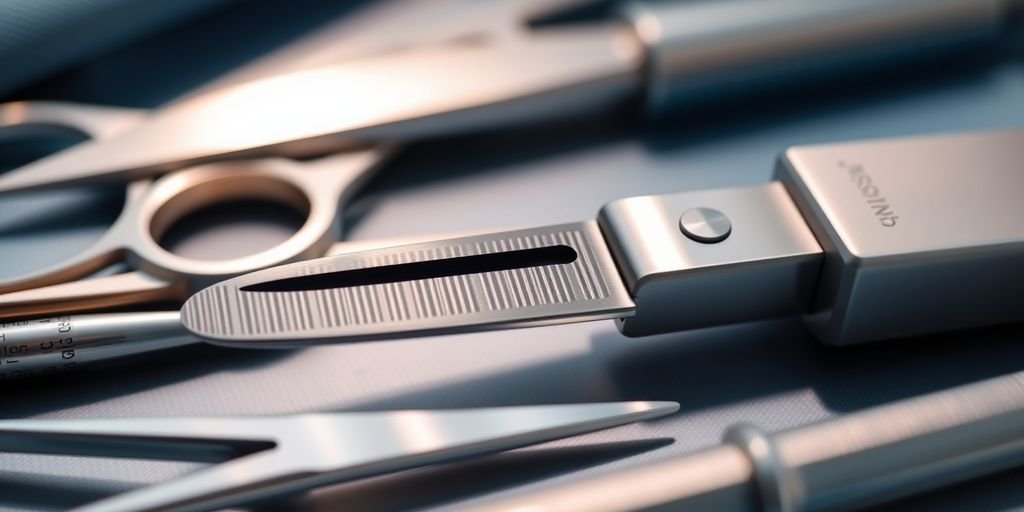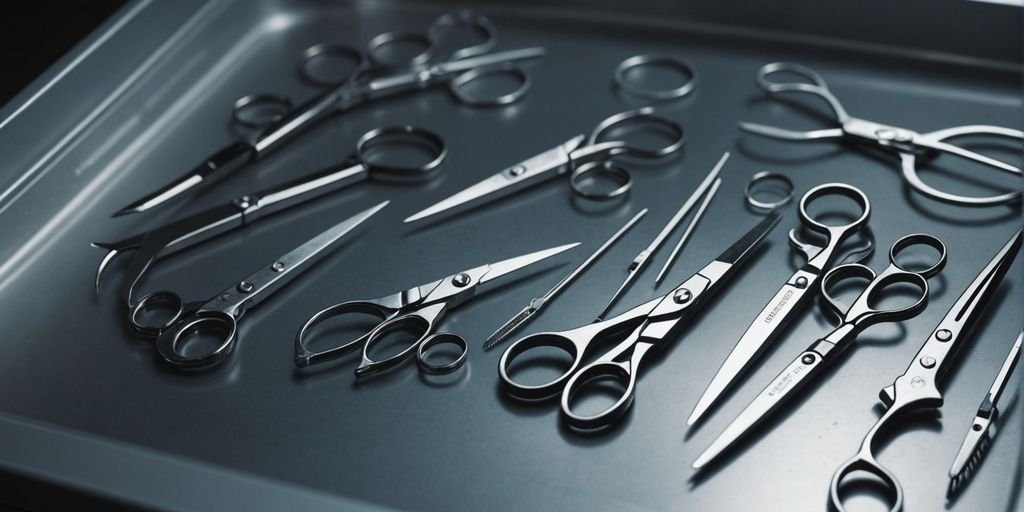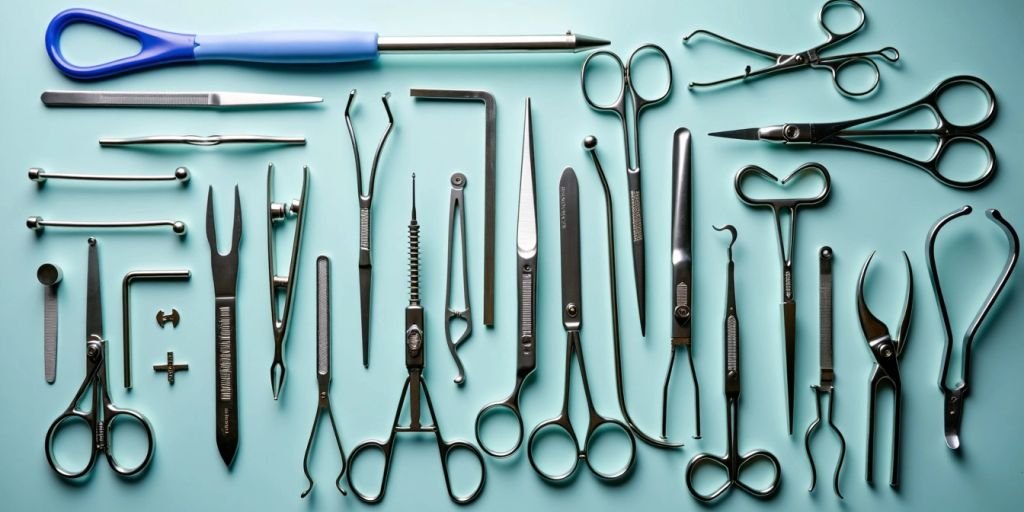Surgical scalpels are essential tools in the operating room. They allow surgeons to make precise cuts, ensuring the best results for patients. The quality of these scalpels can significantly affect the success of a surgery. In this article, we will explore why high-quality scalpels are so important and what features make them stand out.
Key Takeaways
- High-quality scalpels allow for precise incisions, which are crucial for successful surgeries.
- The design and material of a scalpel can minimize tissue damage and promote faster healing.
- Understanding the anatomy of a scalpel helps in choosing the right tool for specific surgical needs.
- Ergonomics and proper grip techniques are vital for maintaining control and reducing hand fatigue during procedures.
- Safety features in modern scalpels help prevent accidental cuts and enhance overall safety for both the surgeon and patient.
Key Uses of High-Quality Scalpels in Surgery
Incisions for Precise Access
High-quality scalpels are essential for making precise incisions in tissue. This allows surgeons to access and manipulate internal structures during various surgical procedures. Whether it’s a minor outpatient procedure or a complex surgery, the scalpel is crucial for creating clean, controlled cuts with minimal trauma to surrounding tissues.
Meticulous Tissue Dissection
Beyond simple incisions, scalpels are used for meticulous tissue dissection. This enables surgeons to separate and manipulate anatomical structures with precision. From delicate neurosurgical procedures to intricate cardiovascular surgeries, the scalpel facilitates careful dissection, ensuring optimal surgical outcomes.
Obtaining Biopsy Samples
In diagnostic procedures like biopsies, the scalpel plays a crucial role in obtaining tissue samples for pathological examination. Its sharp blade allows for precise excision of tissue specimens, ensuring accurate diagnosis and effective treatment planning for patients.
Achieving Hemostasis
While other instruments may be used for hemostasis, such as clamps and electrocautery devices, the scalpel is often employed to achieve hemostasis by creating controlled incisions and applying direct pressure to bleeding vessels. Its sharpness and precision enable surgeons to quickly and effectively control bleeding during surgical procedures.
The precision and control offered by high-quality scalpels are unmatched, making them indispensable tools in the operating room.
Features of High-Quality Scalpels
Unparalleled Precision
High-quality scalpels are known for their unmatched precision. Surgeons can make exact cuts, which is crucial for delicate procedures. The sharp, fine blade allows for smooth navigation through tissues, minimizing trauma to surrounding areas.
Minimal Tissue Damage
A significant benefit of using a high-quality scalpel is the ability to create clean, minimal-incision wounds. The razor-sharp blade cuts through tissues smoothly, reducing trauma and preserving healthy tissue integrity. This results in less scarring, faster healing, and better cosmetic outcomes for patients.
Versatility in Blade Design
Scalpels come in various sizes and blade shapes, making them suitable for a wide range of surgical procedures. From straight blades to curved, hooked, or pointed designs, there is a scalpel configuration available for every surgical need. Surgeons can choose the appropriate blade type and size to optimize their approach for each specific procedure.
Superior Control
One of the defining features of a high-quality scalpel is the level of control it provides to surgeons. With a scalpel in hand, surgeons can make precise adjustments to their incisions, depth, and angle of approach. This level of control allows for meticulous tissue dissection, reducing the risk of unintended damage and ensuring optimal surgical outcomes.
Understanding the Anatomy of a Surgical Scalpel

The surgical scalpel, though simple in appearance, is a meticulously designed tool essential for any surgical procedure. Understanding its anatomy can help ensure optimal performance and patient safety.
Blade Composition and Types
The blade is the heart of the scalpel, typically made from high-quality stainless steel for exceptional sharpness and durability. Blades come in various shapes and sizes to meet the specific needs of different procedures. For example, a #10 blade is often used for delicate dissections, while a #15 blade is suitable for deeper incisions. Some blades are sterile, while others are non-sterile, depending on the application.
Scalpel Handle Design
The handle provides a secure and comfortable grip, allowing for precise control during surgery. Handles come in various designs and materials, such as plastic or stainless steel, to accommodate different hand sizes and surgical techniques. Some handles are designed for a single blade size, while others can accommodate interchangeable blades.
The Role of the Tang and Shoulder
The tang is the narrow section that connects the blade to the handle, ensuring a secure fit for optimal control and safety. The shoulder is where the tang meets the handle, which can either be a smooth transition or have a distinct ridge for better grip and tactile feedback.
By understanding the anatomy of a scalpel and selecting the appropriate blade and handle combination, you can ensure optimal performance, efficiency, and patient comfort during your procedures.
Optimizing Scalpel Control in the Operating Room

Importance of Ergonomics
Ergonomics play a crucial role in ensuring that surgeons can perform procedures with minimal strain and maximum precision. A well-designed scalpel handle that fits comfortably in the hand can significantly reduce fatigue during long surgeries. This not only enhances the surgeon’s performance but also improves patient outcomes.
Different Scalpel Grips
Selecting the right grip is essential for maximizing the potential of a scalpel. Here are three fundamental grips:
- Pencil Grip: Ideal for delicate procedures, this grip offers exceptional control. Hold the scalpel like a pencil, with your thumb and index finger near the top.
- Palm Grip: Best for longer incisions, this grip provides stability and power. Hold the scalpel like a conductor’s baton, with your palm resting against the handle.
- Fingertip Grip: A versatile option that balances precision and stability. Use all your fingertips to hold the handle near the bottom.
Maintaining Control During Procedures
Maintaining control during surgical procedures is vital for ensuring precision and safety. Surgeons should practice different grips and choose the one that best suits the specific procedure. Additionally, regularly switching grips can help minimize hand fatigue during longer surgeries.
A comfortable and confident grip is the cornerstone of a successful surgery, allowing you to perform with optimal control and minimal strain.
Material Considerations for Surgical Scalpels
Advantages of Stainless Steel
Stainless steel is the most common material used for surgical scalpels. It is favored for its durability and resistance to rust. This makes it a cost-effective choice for many surgical procedures. Stainless steel blades maintain their sharpness well, ensuring precise cuts and reducing the need for frequent replacements.
Limitations of Steel in Certain Procedures
While stainless steel is versatile, it is not suitable for all procedures. For example, during MRI scans, steel blades can cause image artifacts, making them unusable. In such cases, alternative materials are required to avoid interference with imaging technology.
Emerging Materials like Ceramic
Ceramic blades are a newer option in the market. They are non-metallic and do not interfere with imaging procedures like MRI. However, they are still being improved for durability. Ceramic blades offer a promising alternative but need further development to match the reliability of stainless steel.
Sterile vs. Non-Sterile Scalpels
Ensuring Sterility in Surgical Settings
Sterile scalpels are crucial in maintaining a clean surgical environment. They undergo rigorous sterilization processes to meet the highest standards of cleanliness and infection control. Using sterile scalpels helps prevent infections and ensures patient safety during procedures.
Benefits of Disposable Scalpels
Disposable scalpels offer a convenient and hygienic solution for surgeries. Each scalpel is individually packaged and sterile, eliminating the need for cleaning and sterilization. This reduces the risk of cross-contamination and improves overall surgical safety. Additionally, disposable scalpels are cost-effective and easy to use.
Cost-Effectiveness of Replaceable Blade Scalpels
Replaceable blade scalpels are designed for repeated use, with blades that can be swapped out as needed. This makes them a cost-effective option for many surgical settings. They combine the benefits of a reusable handle with the convenience of disposable blades, ensuring both efficiency and safety.
Safety Features in Modern Scalpels
Modern scalpels have evolved significantly to enhance safety for both surgeons and patients. These advancements are crucial in minimizing the risk of accidental injuries during surgical procedures.
Conclusion
In conclusion, the importance of high-quality scalpels in surgery cannot be overstated. These precision instruments are essential for making clean, accurate incisions, which are crucial for successful surgical outcomes. High-quality scalpels minimize tissue damage, reduce the risk of infection, and promote faster healing. They also provide surgeons with the control and versatility needed to perform a wide range of procedures effectively. Investing in top-notch scalpels not only enhances the efficiency and safety of surgical operations but also significantly improves patient care and recovery. Therefore, ensuring that surgical teams are equipped with the best scalpels is a critical aspect of modern medical practice.
Frequently Asked Questions
What are the main uses of a high-quality scalpel in surgery?
High-quality scalpels are mainly used for making precise cuts, dissecting tissues, obtaining biopsy samples, achieving hemostasis, and suturing wounds.
What makes a scalpel high-quality?
A high-quality scalpel offers unparalleled precision, minimal tissue damage, versatility in blade design, and superior control during surgical procedures.
What materials are commonly used to make surgical scalpels?
Surgical scalpels are commonly made from stainless steel, carbon steel, and sometimes ceramic for specific applications.
Why is it important to use sterile scalpels in surgery?
Using sterile scalpels is crucial to prevent infections and ensure a clean surgical environment, which is vital for patient safety and successful outcomes.
What safety features are included in modern scalpels?
Modern scalpels often include built-in safety mechanisms to reduce the risk of accidental cuts and enhance the safety of both the surgeon and the patient.
How do disposable scalpels compare to replaceable blade scalpels?
Disposable scalpels are convenient and reduce the risk of cross-contamination, while replaceable blade scalpels are cost-effective and customizable for different surgical needs.



